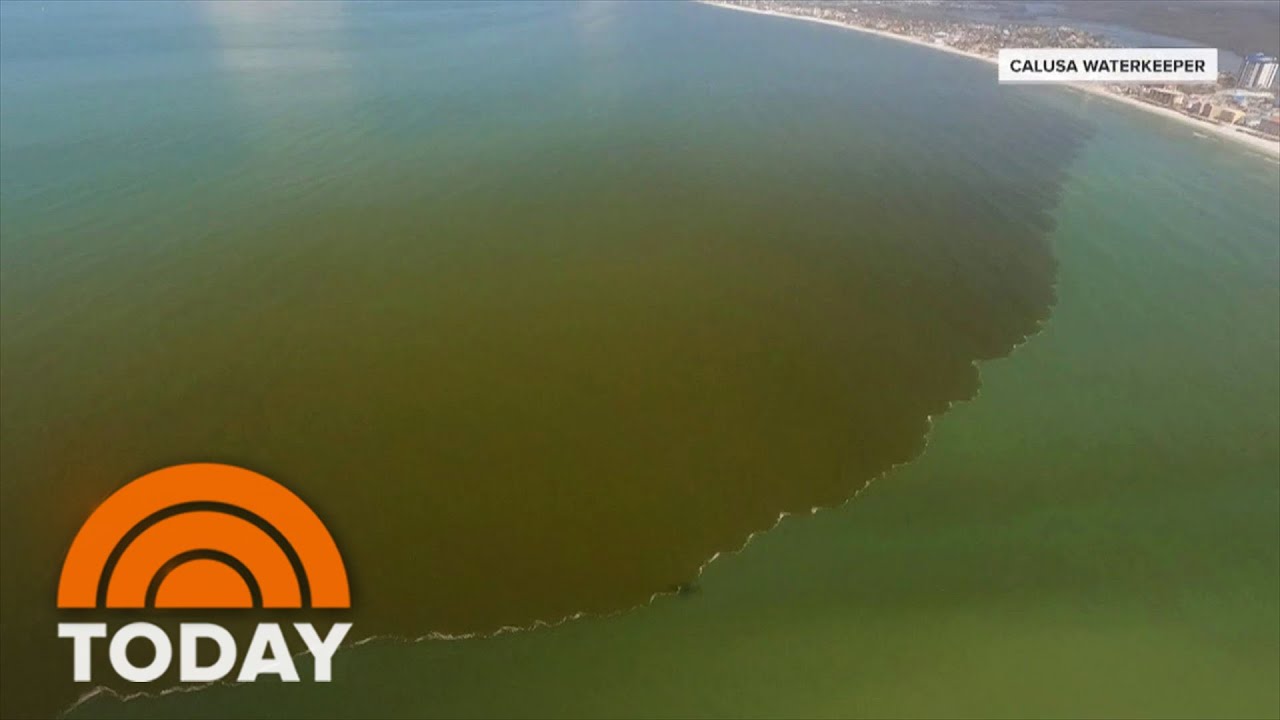Introduction to red tide events
Red tide events have become a growing concern for coastal regions around the world. These occurrences, also known as harmful algal blooms (HABs), are characterized by the rapid growth and accumulation of toxic algae in the ocean. Not only do they pose a threat to marine life, but they can also have detrimental effects on human health and local economies. In recent years, Rhode Island has witnessed an increase in red tide events, calling for a closer examination of this phenomenon in the region.
What is a red tide?
A red tide refers to the discoloration of seawater caused by the proliferation of certain species of algae, primarily dinoflagellates. Although the name suggests that the water turns red, it can actually take on a range of colors, including brown, green, or even purple. These algal blooms are often toxic due to the production of harmful substances such as brevetoxins and saxitoxins, which can have severe impacts on marine life and humans when ingested or inhaled.
Causes of red tide events
Red tide events are mainly triggered by an increase in nutrient levels, particularly nitrogen and phosphorus, in the water. These nutrients serve as fertilizers for algae, allowing them to multiply rapidly. Pollution from agricultural runoff, untreated sewage, and other human activities contribute to the excess nutrient load in coastal waters. Additionally, factors such as warm water temperatures, calm sea conditions, and changes in ocean currents can further facilitate the growth of red tide algae.
Impact of red tide on marine life
Red tide events can have devastating consequences for marine life. The toxins released by the algae can lead to mass mortalities of fish, shellfish, and other marine organisms. As the algae proliferate, they deplete oxygen levels in the water, creating dead zones where many species cannot survive. The toxins can also accumulate in the tissues of shellfish, making them unsafe for human consumption. Additionally, the reduction in oxygen levels and the alteration of the food web disrupt the balance of the ecosystem, with far-reaching consequences.
Red tide events and their effects on ecosystems
The effects of red tide events extend beyond immediate impacts on marine life. With the decline of fish populations, predator-prey relationships are disrupted, leading to imbalances in the food chain. This can result in the proliferation of certain species that were previously kept in check by their natural predators. Moreover, the accumulation of algae and the subsequent decomposition process consume large amounts of oxygen, leading to hypoxic conditions that threaten the survival of other marine organisms.
Historical red tide events worldwide
Red tide events have been documented throughout history in various parts of the world. Notable occurrences include the notorious Florida red tide, which has plagued the state’s coast for decades, causing significant economic losses and public health concerns. Chile and China have also experienced devastating red tide events, affecting their fisheries and aquaculture industries. These incidents serve as important reminders of the global nature of the problem and the need for cross-border cooperation in finding solutions.
Red tide events in the United States
The United States has faced numerous red tide events in recent years, particularly along its coastal states. Florida, Texas, and California have been particularly affected, with significant economic losses due to fishery closures and tourism downturns. States along the Gulf of Mexico have also experienced recurrent red tide events, impacting their lucrative seafood industries. The increasing frequency and severity of these events have raised concerns about their long-term implications for the country’s coastal ecosystems and economies.
Red tide events in New England
New England, including Rhode Island, has not been immune to red tide events. Although less frequent and severe compared to other regions, harmful algal blooms have been observed periodically. The effects have been felt by the fishing industry, as shellfish beds are closed during red tide events to protect public health. Moreover, the ecological impacts of these events have raised concerns about the long-term health of New England’s coastal waters.
Rhode Island’s vulnerability to red tide events
Rhode Island’s geographical location and environmental conditions make it susceptible to red tide events. Its extensive coastline and numerous bays provide ideal habitats for the growth and accumulation of harmful algae. Additionally, the state’s proximity to major urban centers and agricultural areas contributes to the nutrient pollution that fuels red tide blooms. Rising water temperatures, resulting from climate change, further exacerbate these vulnerabilities, increasing the likelihood of future red tide events.
Evidence of red tide events in Rhode Island
Over the years, there have been documented cases of red tide events in Rhode Island. In recent decades, species such as Alexandrium fundyense have been detected in local waters, causing closures of shellfish beds and posing health risks to consumers. Research studies have confirmed the presence of toxins associated with red tide algae in Rhode Island’s coastal waters during certain periods. These occurrences highlight the need for continued monitoring and research to better understand and manage red tide events in the region.
Mitigation strategies for red tide events
Efforts to mitigate red tide events involve a multi-faceted approach. Firstly, reducing nutrient pollution from various sources, including agriculture and wastewater treatment plants, can help limit the availability of nutrients for algal growth. Additionally, advanced monitoring systems and early warning tools can assist in tracking the development of red tide blooms, allowing for timely responses to protect human health and the environment. Research into alternative aquaculture practices, such as the use of closed systems, may also offer solutions to minimize the impacts of red tide events on local economies.
Conclusion: Rhode Island’s red tide situation
Rhode Island has experienced red tide events, albeit to a lesser extent compared to other coastal regions. However, the increasing occurrence and severity of these events throughout the world and the United States underscore the need for continued vigilance in monitoring and managing red tide blooms in Rhode Island’s coastal waters. By implementing effective mitigation strategies and fostering collaboration among scientists, policymakers, and local communities, it is possible to reduce the impacts of red tide events and safeguard the health of marine ecosystems and the well-being of those who rely on them.





